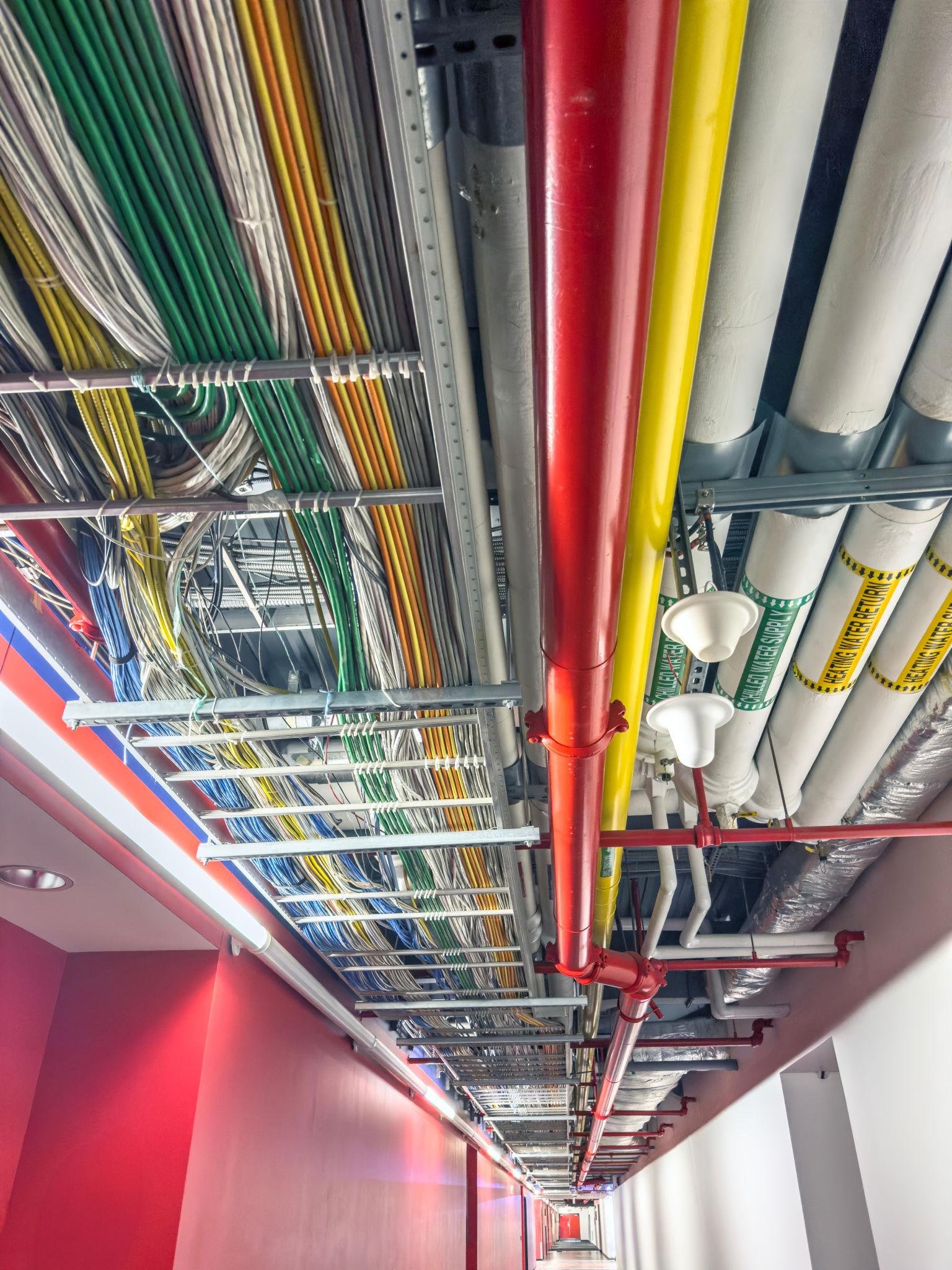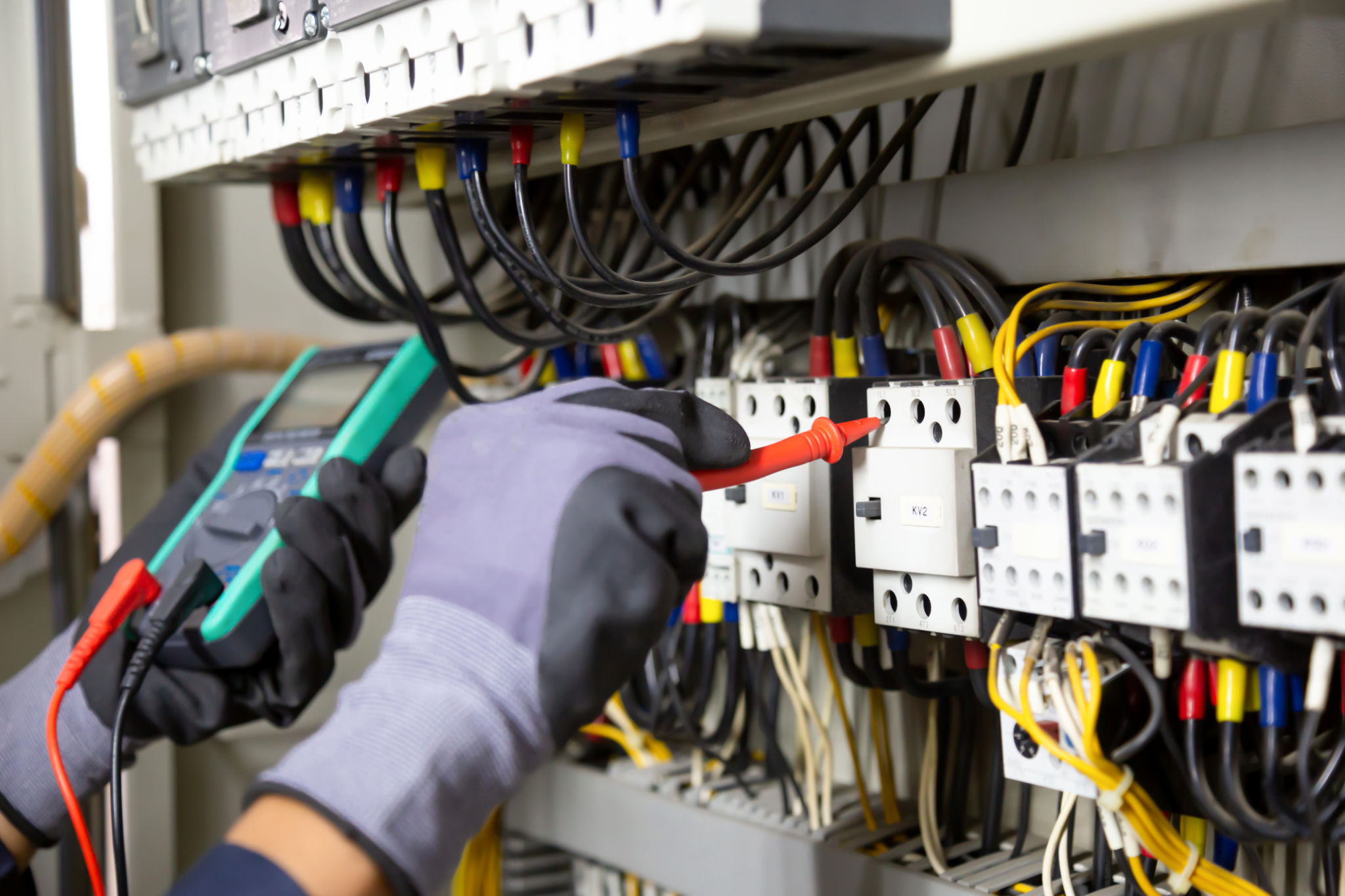Avoiding Common Mistakes in HVAC Electrical Connections: Expert Advice
Understanding the Basics of HVAC Electrical Connections
When it comes to HVAC systems, the electrical connections are just as crucial as the mechanical components. Proper electrical connections ensure that the system operates efficiently and safely. However, mistakes in these connections can lead to system failures, increased energy consumption, or even hazardous situations. In this blog post, we will explore common mistakes in HVAC electrical connections and provide expert advice on how to avoid them.

Common Mistakes in HVAC Electrical Connections
Incorrect Wire Sizing
One of the most common errors in HVAC electrical connections is using the wrong wire size. This mistake can lead to overheating and potential fire hazards. It's crucial to follow the manufacturer's specifications for wire sizing to ensure that the system can handle the electrical load safely. Always consult the wiring diagram and local electrical codes when selecting wire sizes.
Loose or Poor Connections
Loose or poor connections can cause intermittent system failures and increase the risk of electrical fires. Ensure all connections are tight and secure by double-checking each terminal. Use appropriate tools to tighten screws and terminals properly, and avoid over-tightening, which can damage the wires or connectors.

Improper Grounding
Grounding is an essential safety feature in HVAC systems. An improperly grounded system can create a shock hazard and affect the system's performance. Ensure that all ground connections are made according to the manufacturer's guidelines and local codes. Use a multimeter to verify continuity and proper grounding of each component.
Best Practices for Safe and Efficient Connections
Use of Quality Components
Investing in high-quality electrical components is vital for the longevity and safety of your HVAC system. Cheap or substandard parts may save money upfront but can lead to costly repairs or replacements in the future. Always choose components from reputable manufacturers and verify their compatibility with your system.

Regular Maintenance and Inspection
Routine maintenance and inspections are crucial for identifying potential issues before they become significant problems. Schedule regular checks of your HVAC system's electrical connections to ensure they remain tight and secure. Look out for signs of wear, corrosion, or damage that could indicate a potential failure.
Conclusion
Avoiding common mistakes in HVAC electrical connections requires attention to detail, adherence to guidelines, and a commitment to using quality components. By understanding and following best practices, you can ensure your HVAC system operates safely and efficiently, providing comfort without compromise. Remember, when in doubt, consult with a professional electrician or HVAC technician for expert assistance.
